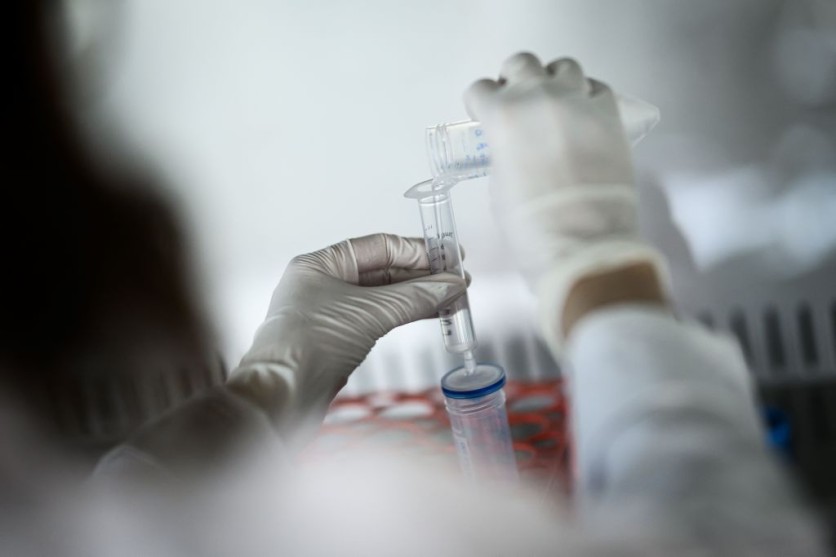The Wang lab and Zhang Research Group at the University of California, San Diego, have developed biohybrid microrobots, small medical devices built of natural and synthetic materials.
According to a report from The Conversation, the researcher's current study offers a green microalgae-based biohybrid microrobot that can directly deliver chemotherapy to lung regions affected by metastasis.

Lung metastases, or lung tumors, complicate cancer therapy. Traditional chemotherapy fails because it does not target the lungs or accumulate enough to kill malignancies.
To address the challenge, microalgae move autonomously using flagella, hair-like appendages that drive them through organs like the lungs. They can reach specific tissues better than synthetic microrobots, which are inflexible, poisonous, or difficult to make.
The algae-NP (DOX)-robot biohybrid microrobot comprises red blood cell membrane-coated nanoparticles and Chlamydomonas reinhardtii, a small green alga used in medicine. These membranes provide natural camouflage and protect the microrobot from immune system assaults. The nanoparticles include the chemotherapeutic medication doxorubicin.
What Makes These Microrobots a Promising Treatment for Lung Cancer?
In mice with lung metastases, the algae-based microrobots were given via the trachea to transport the medicine directly to the lungs while reducing adverse effects.
The microrobots swam through lung tissues, dodging immune cell destruction and releasing doxorubicin from nanoparticles. Biohybrid microrobots collected more and stayed in the lungs longer than free or static drug-loaded nanoparticles.
Watch this video to see how the process works:
As lung tumors shrank and median survival periods increased by 40% from 27 to 37 days, this tailored delivery method enhanced treatment results in mice. Immune cells break down microrobots into harmless components and remove them.
The researchers underlined that biohybrid microrobots are promising for pulmonary disease medication delivery. The report stated that they have successfully treated acute lung pneumonia using their microalgae platform and are investigating solutions for cystic and idiopathic pulmonary fibrosis.
Researchers said that the nanoparticle-carrying algal mixture is harmless. They noted that nanoparticle materials are biocompatible. The Chlamydomonas reinhardtii employed in the study is a harmless green algae approved by the US Food and Drug Administration, per Science Daily.
Lung Cancer Kills Millions Globally
Further research using magnetic guiding or ultrasonic trapping may improve microrobot distribution efficiency and therapeutic use.
Lung cancer killed 1.8 million people in 2020, 18% of all cancer deaths, according to a report from the World Health Organization. It is most often caused by smoking cigarettes, cigars, and pipes.
Meanwhile, secondhand smoke, asbestos, radon, certain chemicals, air pollution, hereditary cancer syndromes, and pre-existing chronic lung problems can cause lung cancer in non-smokers.
Early-stage lung cancer surgery is typically performed if the tumor has not spread. The tumor can decrease with chemotherapy and radiation.
Doctors from different fields collaborate to treat lung cancer. Treatment varies on the kind, stage, and history of lung cancer, such as surgery, radiation, chemotherapy, targeted treatment, and immunotherapy.
It is also important to note that supportive care helps lung cancer patients and their families manage symptoms, discomfort, and emotional well-being.
Related Article : Japanese Researchers Discover Treating Skin Diseases Possible Through Healthy Skin Transplants

ⓒ 2025 TECHTIMES.com All rights reserved. Do not reproduce without permission.




